With the rapid growth of e-commerce and online shopping, its logistics must evolve and undergo digital transformation. Logistics companies have created and adapted e-commerce logistics. That’s what we’ll discuss in this article.
1. What is an e-commerce logistics company?
Logistics is defined as the set of processes and procedures that facilitate the movement of goods or people from one location to another. This is an important aspect of e-commerce as it allows products to be transferred from the manufacturer to the customer. It involves third-party logistics, a term used to refer to specialized e-commerce fulfillment services. The main purpose of logistics software is to help businesses easily manage their operations. This is especially important when working on pallet transport.
E-commerce logistics companies offer services in two directions:
Distribution and delivery of goods to buyers in the forward direction.
Reverse – exchange or replacement of defective, damaged, or wrong goods.
2. How does an e-commerce logistics company work and its importance?
As an e-commerce logistics company, it should be very efficient in terms of the supply chain. Logistics and supply chain are interrelated, and your business needs both to function. Since the supply chain is an essential part of e-commerce logistics, let’s discuss its importance:
Supply chain visibility is the bargaining chip today. Not that long ago, visibility was a kind of “nice to have” thing. Now it’s a “must have”. It is important to always understand what is happening within the supply chain. Sometimes, supply chains can be disrupted; there are market opportunities, and things keep changing over time.
Therefore, it is very important to have visibility both upstream and downstream. This gives you the comfort of being able to see all these processes happening and that you have complete control over everything. This helps you prepare for potential disruptions or opportunities that may arise while your cargo is in transit.
The supply chain is all about getting the right product in the right place at the right time with the right quality and cost. Supply chain management is the management of the entire flow of goods and their specific services. This provides complete information on the movement of raw materials and their respective WIP inventories. This is a very basic definition.
However, if you can see clearly, the supply chain is a fascinating topic because of its ubiquity. Whether it’s a building, a restaurant, or any product, the supply chain is everywhere and everywhere.
For every company, big or small, supply chain visibility is important to every business or corporation. If you are an importer or exporter, or even have a multinational store, your supply chain still includes all the same basic components. When goods are in transit, you are exposed to a lot of things that can happen and go wrong.
Communication within smaller companies is much easier. They have fewer people in the supply chain to serve your customers. Larger companies have more stakeholders and more financial groups. They also have a lot of buyers and several logistics guys involved. Overall, it’s a big crowd. Therefore, internal communication becomes difficult. That’s why a good visibility tool is needed to not only manage freight and supply chain efficiently but also keep all stakeholders informed about your company. The latter part is also important because it makes the internal communication flow easier to manage. When it comes to supply chain visibility, there are certain things you need to focus on.
The function of the supply chain you are working with: Functionally, there are two dimensions. One is a real-time, web-based environment where you can see what’s going on in your supply chain and manage all the moving parts in your supply chain. The second part is reporting where you can pull data from your systems so you can see what’s happening inside your supply chain. This allows you to measure suppliers, manage suppliers and manage on-time deliveries. Therefore, real-time functionality and reporting are two key components that you should focus on. This is the real deal if you’re considering which visibility tools to use.
Ease of use for your supply chain: Someone can give you the best system and all the components available, but if it’s too hard to implement or not user-friendly, then you know you won’t use it. As a result, you lose the true value of a good visibility tool.
Is it cost-effective: Another value of having good visibility into a solution is that it can create capabilities for companies to help improve internal efficiencies and manage costs within the company. This helps companies manage all these moving parts.
So, a good visibility tool with good automation will definitely give an organization a better lean opportunity.
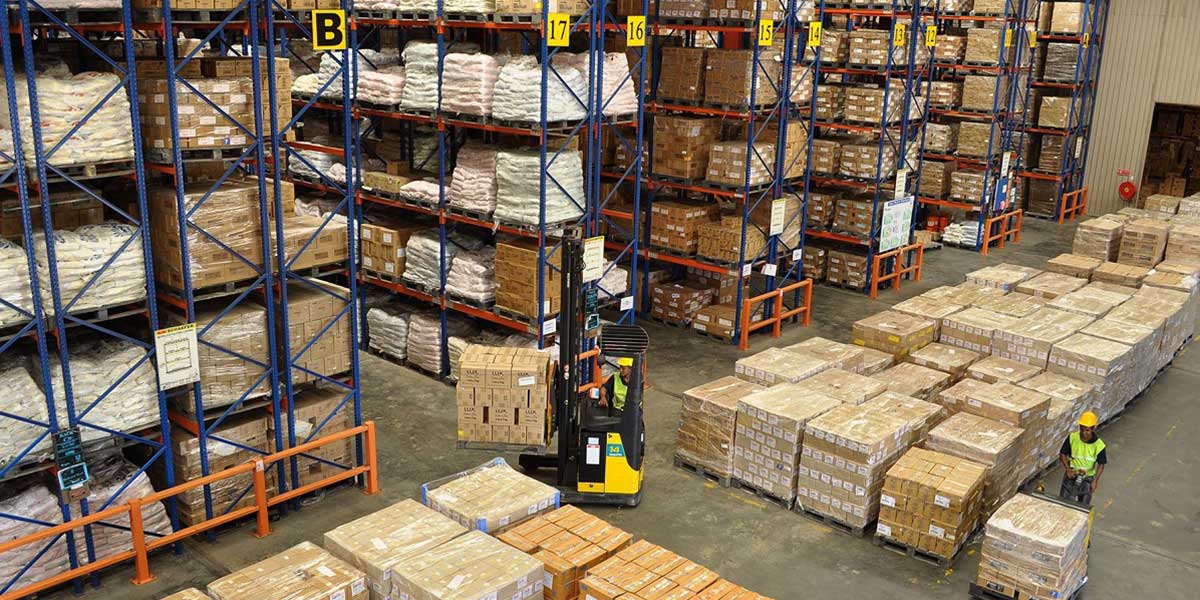
3. What are the advantages of e-commerce logistics companies?
Here are some of the key advantages of an e-commerce logistics company.
1) Extended delivery options
Giving customers multiple delivery options is critical these days. While home delivery remains the most popular option, pick-up point deliveries are becoming more common. With consumers increasingly expecting delivery times, e-commerce providers will almost certainly need to offer express delivery.
In addition to these traditional shipping methods, more and more online retailers are exploring more environmentally friendly delivery methods. Companies do this through route optimization and the use of drones.
2) Ability to accommodate fast/free shipping
Offering free shipping is a huge advantage for an online business because it attracts customers. Most customers prefer to shop from sites that offer free shipping. Plus, research shows that most shopping carts don’t offer free shipping.
Often, buyers are more willing to pay a premium for a product with free shipping than a product that costs less but requires shipping.
Using a global network of distribution and fulfillment centers can greatly reduce your fulfillment costs as you can get your products closer to your customers.
3) Accurate cargo tracking
Compared to buying something from a physical store, online customers have to wait until their order arrives at the intended location. Customers will buy with more confidence if your online store offers item monitoring. There is always some hesitation as they pay before receiving the item. Through this, customers can verify the progress of the goods and keep an eye on the whereabouts of the goods.
Today, most carriers offer this service, which benefits your company and your customers by making transactions or purchases more transparent and reliable. In addition, this enhances the trust and consumer loyalty of your online store.
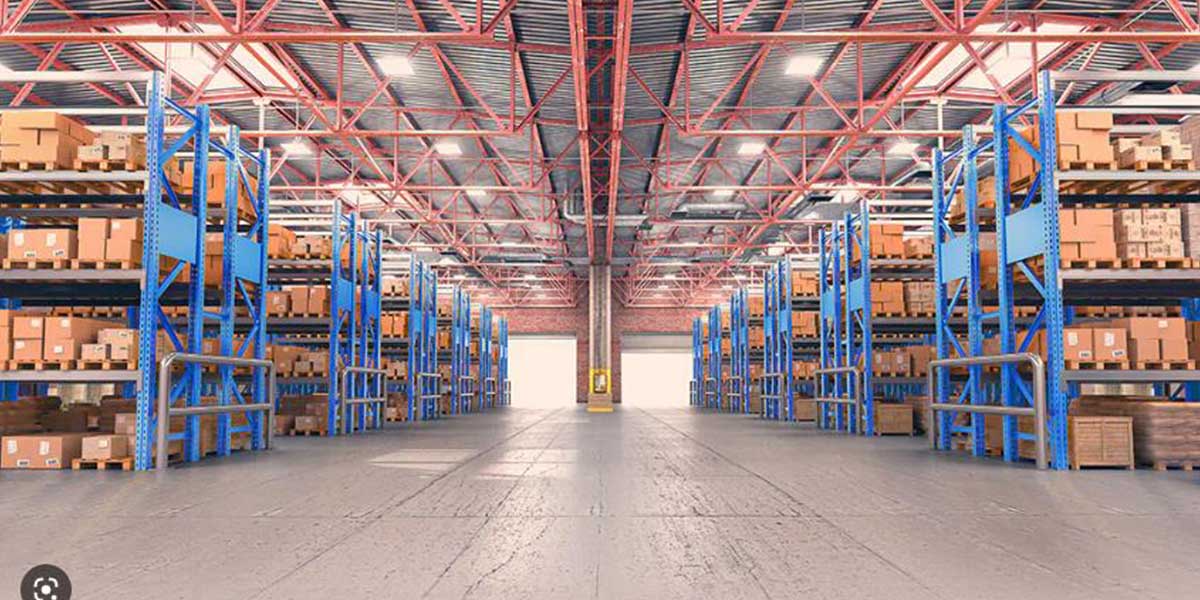
4. Challenges faced by e-commerce logistics companies
Understanding and simplifying the entire e-commerce supply chain is imperative for your logistics to be effective. Adopting the digital trend may seem like an obvious solution, but it also presents challenges. A company has to consider several factors to make it work like a well-oiled machine.
1) Online Safety
Your customers need to feel safe and confident when shopping online with you. While cloud-based online systems are mostly protected and stable, they are also at risk of phishing and online fraud. Some customers are also concerned about sharing sensitive information online, such as details such as addresses and credit card numbers. It is best to work with a reliable industry partner with a proven track record and security solutions. Doing so helps build customer trust. Another point to consider is that different countries have different legislation regarding online data privacy. Be aware of any local laws in the market in which you operate.
2) Integration with physical systems
Digital logistics management cannot be fully implemented in every warehouse or region. This is the case in developing countries that lack infrastructure, including access to fast internet or properly equipped warehouses. Transportation networks may not be clearly defined, resulting in inefficient delivery routes.
3) Need for skilled labor
Technology can automate and streamline logistics processes, but it still requires human input. Training and hiring employees who are knowledgeable and proficient in emerging technologies can be costly. You must also consider the skills to troubleshoot and repair these systems when something goes wrong. It is also necessary to have the right approach and mindset to manage all of this. This is a significant initial investment that will definitely pay off in terms of the efficiency of the contribution of skilled labor.
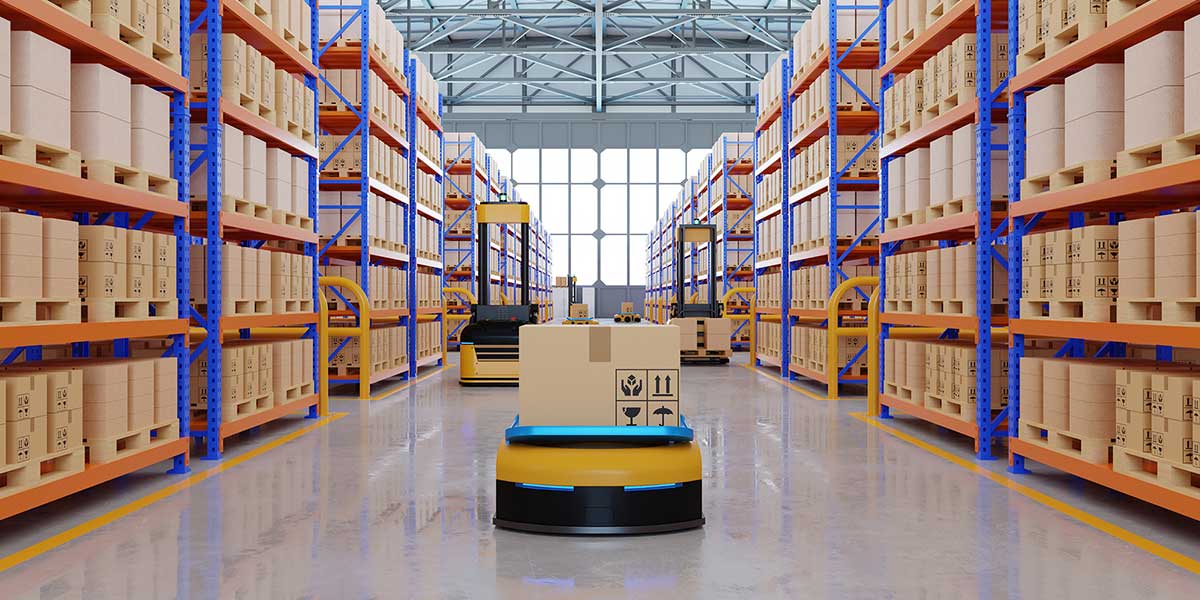
5. How to choose the best e-commerce logistics company?
With the development of e-commerce, businesses have grown exponentially. From understanding consumers’ choices to delivering them to their door, e-commerce opens up endless possibilities. As a result, a large number of players have entered the e-commerce space. To stand out and grow in this competitive field, your business must partner with the right logistics company.
1) What is your demand?
Here are some simple questions you can ask yourself:
- Does your business need a warehouse to store products?
- What are your shipping requirements?
- Where are your products shipped to?
- Which markets do you ship to?
- Local, national, or international?
- What is your shipping area?
- Are these shipped in large quantities?
- Do your products need to be refrigerated during shipping?
- Do you have a time limit for your shipments?
Start by answering these questions. It can give you a clearer picture of your requirements before you start looking for a 3PL company.
2) What is their specialty?
In order to provide the best possible service, most logistics companies have special expertise in specific areas of logistics, from transportation to warehousing to distribution. However, there are also integrated logistics service providers with experience in end-to-end logistics.
So, once you have finalized your requirements, you need to find out if the logistics provider specializes in that particular service. Based on this information, you can screen for 3PL solutions and make decisions accordingly.
3) How is their customer service?
When your customer receives a package, there is no distinction between the company that produced the goods and the company that shipped them. In short, your logistics partner becomes part of your brand. Therefore, it is necessary to choose a supplier who is not only good at logistics operations but also pays attention to customer service and last-mile delivery.
From managing claims to tracking deliveries and responding to their inquiries, your logistics service provider can make or break your brand value. After all, only customer satisfaction will ultimately help you increase sales.
4) Scalability
When you start a business, you can effectively manage everything yourself. However, this can become a time-consuming task as orders start pouring in. Therefore, it is best to choose a logistics company that can cooperate with you for a long time. Your logistics partner should be able to handle your current workload and be able to meet your future needs.
Not only does this help maintain a healthy relationship, but it also assists you when your needs are met without compromising your efficiency and quality of service. This also means you need to look for a provider that has the infrastructure to handle your business scaling.
5) How efficient are their reverse logistics?
You may be the best in your industry, striving to create a superior product and making sure the quality of your merchandise is not compromised. However, sometimes the product may become misplaced or damaged.
In this case, having a supplier with efficient reverse logistics can make all the difference. Your customers can exchange or return products hassle-free, and your relationships with end users can be strengthened on a basis of trust.
6) What is their pricing policy?
E-commerce logistics is a competitive market where you can find all kinds of different pricing offers. Therefore, it is necessary to choose a company whose pricing policy matches your expectations. Top eCommerce logistics service providers will always make sure that they offer you a pricing policy with no hidden fees.
Although cost is an important factor, it’s important to understand that choosing the lowest price may not be the best solution for your business. Pricing must never compromise the quality of your business.
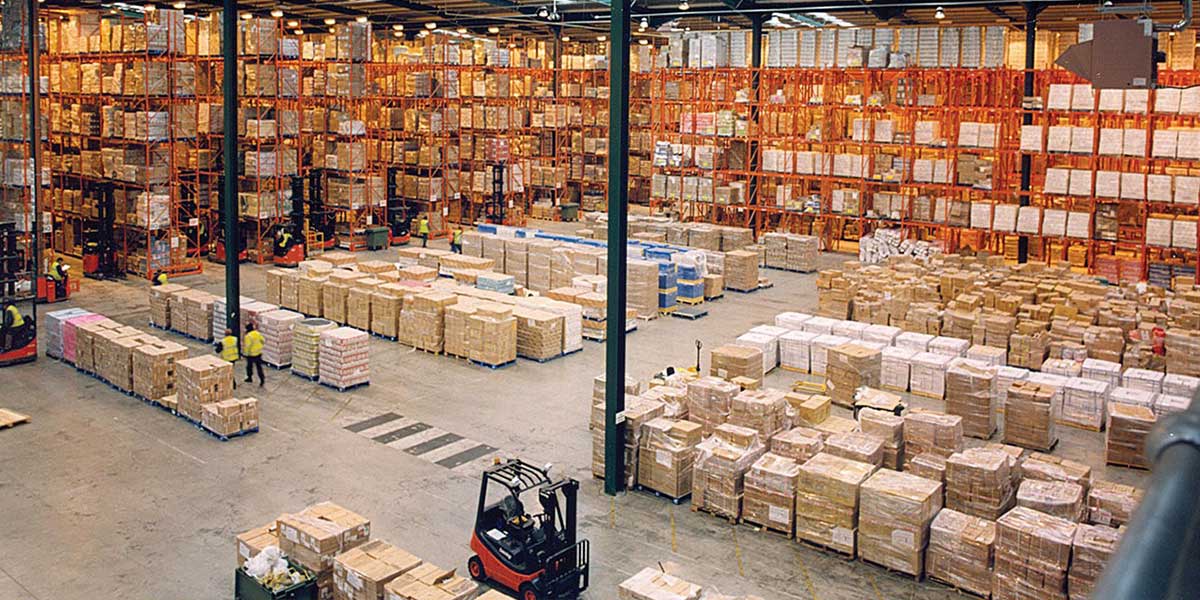
6. Top 5 global e-commerce logistics companies
The top 5 e-commerce logistics companies in the world are:
1) DHL Express
DHL International GmbH is a German company founded in 1969. Specializing in air freight, project cargo, specialized world-leading ocean freight, contract logistics, world-leading consolidators and vertical market specialists.
2) Kenco
The Kenco Group or Kenco is a privately held company headquartered in Chattanooga, Tennessee, founded in 1950 and headquartered in Chattanooga, USA. Expertise in 3PL, warehousing, supply chain management, transportation, 3PL and material handling solutions.
3) Clipper Logistics
Clipper Logistics plc was established in 1992 and is based in West Yorkshire, UK. Third-party logistics professional.
4) FedEx
FedEx Corporation is an American multinational express delivery service company founded in 1973 and headquartered in Memphis, Tennessee, USA. Shipping, logistics, e-commerce, delivery services, citizenship, global trade, aviation, transportation, freight, package delivery, small business, printing, business solutions, corporate citizenship, sustainable development, entrepreneurship, innovation, technology, Supply chain and digital transformation.
5) Expo
XPO Logistics is an American transportation and contract logistics company founded in 2011 and headquartered in Greenwich, USA. Specializes in Freight Broking, Expedited Shipping, Global Freight, Intermodal, Last Mile, Contract Logistics and Supply Chain Management.
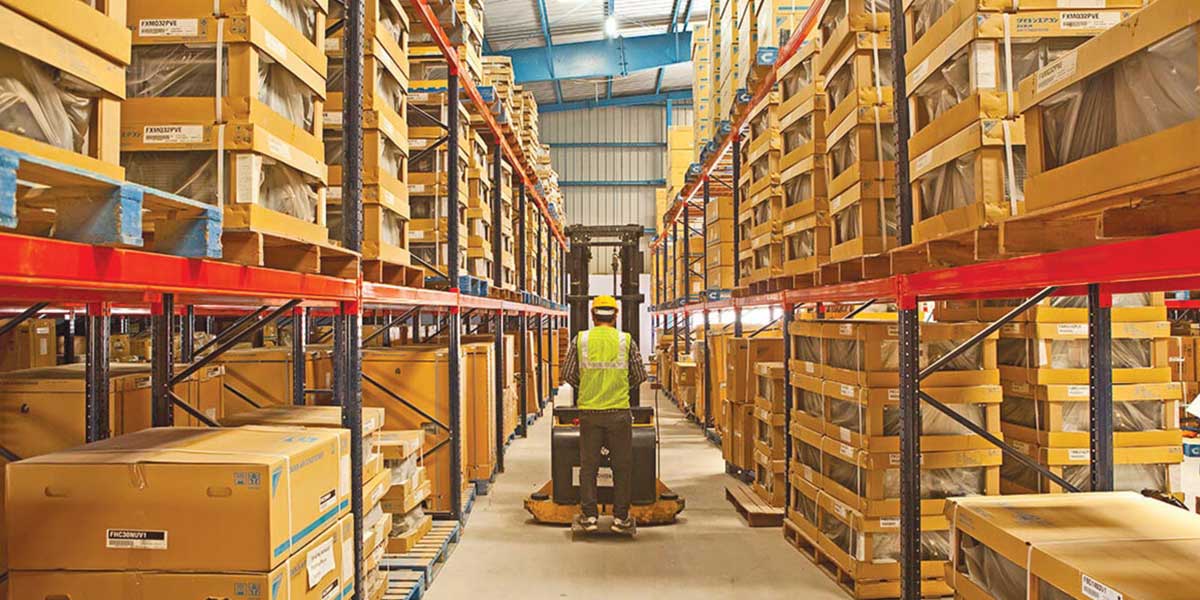
7. Tips for Starting an Ecommerce Logistics Company
If you’re running or planning e-commerce logistics for a start-up, there are a lot of things you should be very particular about.
1) Demand planning
Retailers mostly use historical data to make forecasts based on inventory. If you’re a startup, you have no way of knowing the exact amount of inventory you’ll need. So, you can use some strategic tricks to build sales. The first thing you need to do is analyze your website traffic and check your social sharing activity. If social media influencers start preparing your website, the demand will increase as well. Then you’ll want to get ready for the actual business. You need to be concerned about irregular purchases due to holiday demand peaks or seasonal changes. Only after analyzing all the key factors, do you need to draw up a plan for your inventory.
2) Visibility
When you’re more focused on growing your business, many times you don’t see the big picture. Fast-growing companies fail to maintain a clear understanding of the logistics field. This prevents organizations from having a complete picture of sales performance and inventory levels. It can be difficult to get a clear picture of your entire inventory and reflect it on your website and internal systems. You need to be able to strike a balance between having enough inventory and not having too much inventory. Therefore, you need to have proper visibility into your entire inventory to balance this wheel.
3) Free Shipping
According to a recent study, nearly 73% of online shoppers have confirmed that proving to them unconditional “free shipping” can be “key” to their purchasing decision. For e-commerce sellers, this is both a curse and a blessing. The idea of free shipping excites many online shoppers. However, only free shipping is offered to customers. Shippers need to be disciplined enough in the performance of their duties so that they can keep costs down while providing customer service.
4) Last-mile delivery
Last-mile deliveries are so popular that they account for about 28% of the entire shipping cost. Customers can be very picky about a delivery, and they can judge the reliability of an entire organization based on delivery alone. A suitable last-mile strategy can be a key factor in meeting customer needs while balancing resource requirements and costs. Of the excessive competition in the e-commerce industry, companies focus more on back-end services. The last yard is the point at which the customer receives the package and moves on to the end user.
5) Manage returns
Managing returns can also be called reverse logistics, and it is by far the most difficult aspect of an e-commerce business. You should be able to handle returns very carefully and properly. If you fail to provide customers with a proper return policy and proper pickup and refund of returned items, then your customers may be disappointed with your organization. If you delay the return process, it will leave a bad impression on customers and they may turn to other alternative platforms to make new purchases. As a startup, you should pay special attention to this.
6) Decentralized storage
A very popular trend lately is to do our best to bring products closer to customers. Companies are making deliveries using smaller facilities closer to populations, rather than using distribution centers 1,000 miles away. Smaller facilities are much better at responding to customers and reducing lead times. This is a great strategy for shortening the last yard service. These facilities are primarily small warehouses or specific fulfillment centers. Some brick-and-mortar stores are converting into shipping centers and using some or all of their footprint for fulfillment.

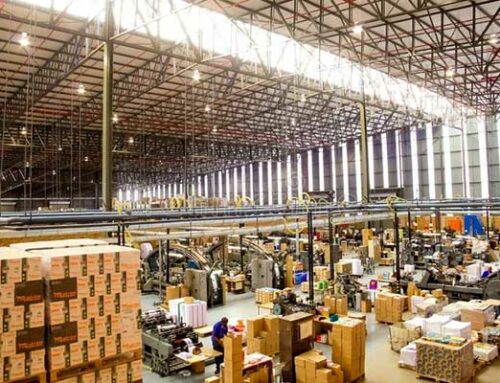

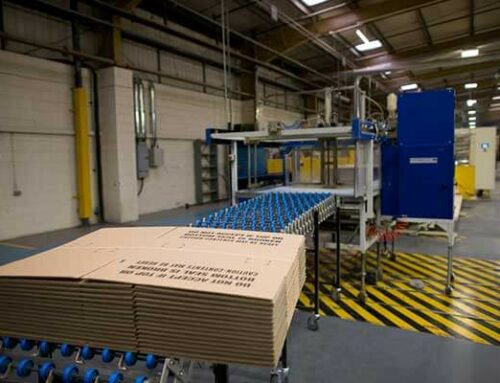

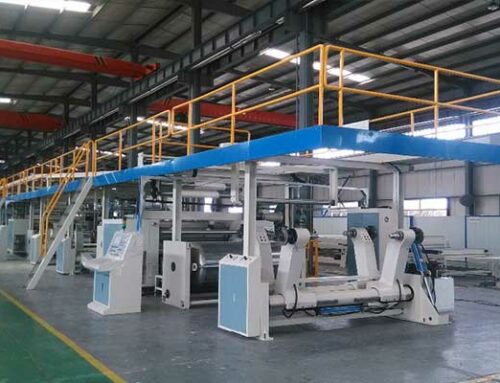
Leave A Comment